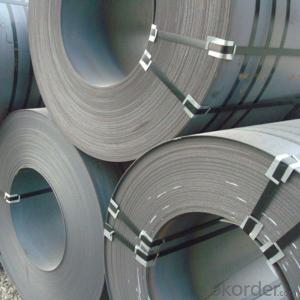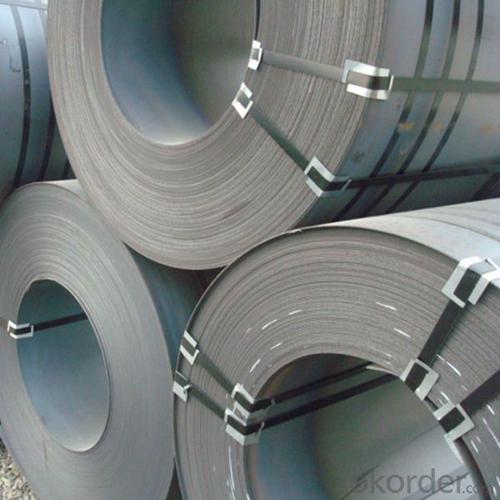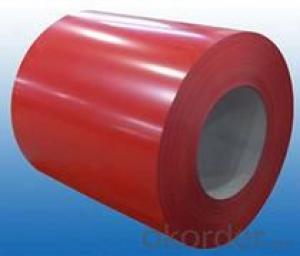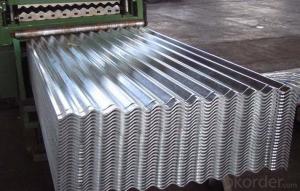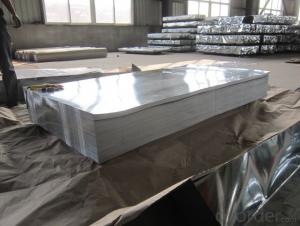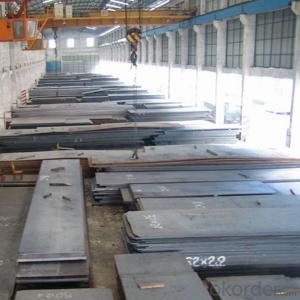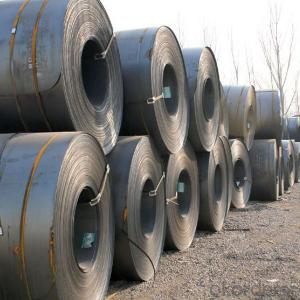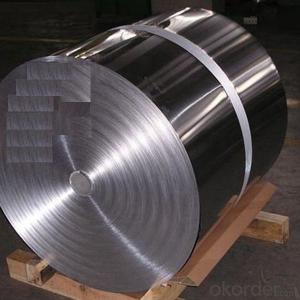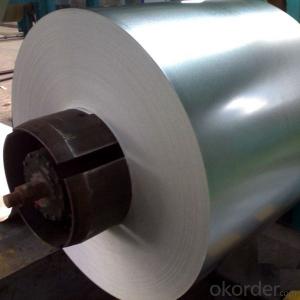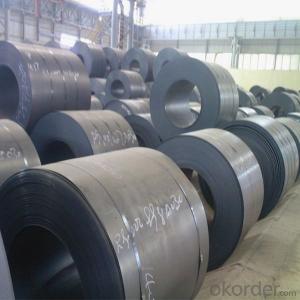Steel Plates,Steel Sheets,Sheets Steel Made In China
- Loading Port:
- Tianjin
- Payment Terms:
- TT OR LC
- Min Order Qty:
- 500 m.t.
- Supply Capability:
- 100000 m.t./month
OKorder Service Pledge
OKorder Financial Service
You Might Also Like
Specification
DESCRIPTION:
GRADE: SS400, ASTM A36, A572, ST37,ST52, Q195, Q215, Q235,Q345, S235JR etc.
STANDARD: GB/T709-2006, ASTM A36, JIS G3101, DIN EN 10025, SAE 1045, ASTM A570
SPEC: 1)Width: 600-2500mm or 1000,1050,1250,1500,1800,2000mm
2)Thickness:1.5mm-200mm or as customers’ special requirements;
3)Length: 2-12m or as customers’ special requirements
FEATURES OF STEEL COILS
(1)Good ductility
(2)Good corrosion resistance
(3)Excellent abrasion resistance and fatigue strength
(4)Good weldability
(5)Oxidation resistant performance
(6)Excellent in high temperature
DETAILED PICTURES FOR STEEL COILS
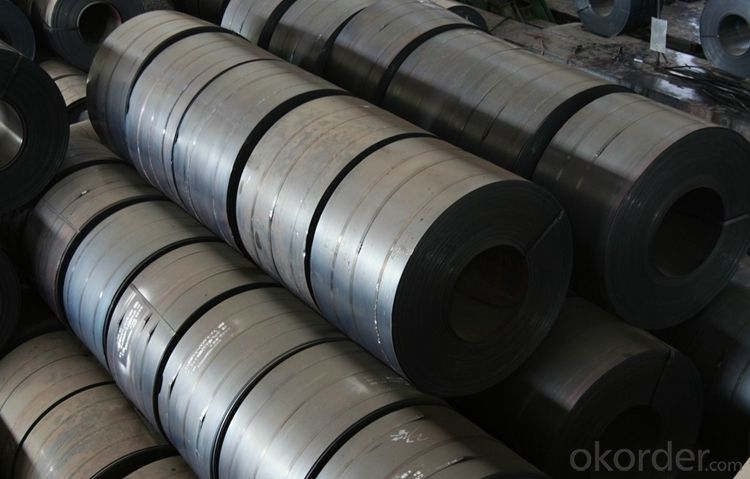

EXPORT MARKET FOR STEEL COILS/SHEETS
Our target market is the international market. Every year we export most of products to countries like India, Pakistan, South Korea, Brazil, Australia, South Africa, Spain, Sri Lanka, Taiwan, Hong Kong, etc.
OUR SERVICE
1.High quanlity and reasonable price.
2.Customized on-demand.
3.Reasonable shipping and fast delivery.
4.Free sample.
FAQ:
Q:Do you have OEM service?
A: Yes.Variety of products size,quality and quantity can be customized according to your need.
Q:Could you support free sample?
A:Yes.We can supply FREE samples.But the delivery charges will be covered by our customers.
Q:How about the delivery time?
A:Within 15-30days after receiving the deposit or L/C at sight.
- Q: Can the steel sheets be used for decorative purposes?
- Certainly, decorative purposes can be fulfilled by steel sheets. Customization and shaping of steel sheets into an array of designs, patterns, and sizes enable their suitability for diverse decorative applications. They are ideal for crafting distinctive and contemporary architectural elements like ornamental facades, decorative wall panels, or intricate metal screens. Moreover, steel sheets find utility in decorative furniture, art installations, and sculptures. Their popularity stems from their versatility, durability, and sleek appearance, which effortlessly infuse spaces with elegance and sophistication, both indoors and outdoors.
- Q: Are steel sheets resistant to termites?
- No, steel sheets are not resistant to termites. Unlike materials such as concrete or steel, termites can easily infest and damage steel sheets by burrowing into them and feeding on the wood framing or other organic materials that may be present. Therefore, it is important to take proper measures to protect steel sheets from termite infestation, such as using termite barriers, treating the surrounding soil, or regularly inspecting and maintaining the area to prevent termite entry and damage.
- Q: Can steel sheets be used for insulation cladding?
- No, steel sheets are not typically used for insulation cladding. Insulation cladding is usually made of materials with thermal insulation properties such as foam boards, mineral wool, or fiberglass. These materials are chosen for their ability to reduce heat transfer and improve energy efficiency. Steel sheets, on the other hand, are commonly used for structural purposes or as a protective layer due to their strength and durability. While steel sheets can provide some level of protection, they do not possess the necessary insulation properties to effectively prevent heat or cold transfer. Therefore, it is recommended to use appropriate insulation materials specifically designed for cladding purposes.
- Q: What is the difference between color steel plate and hot galvanized sheet?
- Color coated panels, general steel and color plate enterprises demand larger, of course, automobiles and household appliances also need, but the quality requirements are higher, generally are direct orders of steel mills. Domestic color coated boards are lower, exports are full scale.
- Q: How do steel sheets perform in terms of thermal insulation?
- Steel sheets do not perform well in terms of thermal insulation as they conduct heat efficiently due to their high thermal conductivity.
- Q: Can steel sheets be used for electrical switchgear?
- Indeed, electrical switchgear can indeed utilize steel sheets. The utilization of steel in switchgear enclosures is a prevalent choice due to its commendable endurance, robustness, and capacity to safeguard against environmental elements like moisture, dust, and temperature fluctuations. Switchgear cabinets and enclosures frequently employ steel sheets to construct a sturdy and secure housing for electrical components. These steel sheets are typically coated or painted to provide an added layer of defense against corrosion. Moreover, the thermal conductivity of steel aids in dissipating any heat generated by the electrical components within the switchgear. All in all, steel sheets prove to be a fitting material for electrical switchgear enclosures due to their mechanical properties, protective capabilities, and thermal conductivity.
- Q: Do steel sheets require any surface treatment before installation?
- Yes, steel sheets generally require surface treatment before installation to prevent corrosion, improve paint adhesion, and enhance their overall durability and longevity. Common surface treatments include cleaning, degreasing, priming, and applying protective coatings such as galvanizing or powder coating.
- Q: Are the steel sheets suitable for architectural applications?
- Yes, steel sheets are suitable for architectural applications due to their durability, strength, and versatility in various construction projects such as roofing, cladding, and structural frameworks.
- Q: What are the common thicknesses for roofing steel sheets?
- Roofing steel sheets come in a variety of thicknesses, typically ranging from 0.4mm to 0.8mm. Nevertheless, the actual thickness required will be influenced by factors like the roofing system type, regional climate, and desired durability level. In regions prone to harsh weather, thicker steel sheets, like those around 0.8mm, are commonly employed, whereas thinner sheets may suffice for less challenging environments. Consulting with a roofing expert or manufacturer is crucial to ascertain the ideal thickness for a particular roofing undertaking.
- Q: How do steel sheets compare to other materials like aluminum or stainless steel?
- When considering materials for use in various applications, steel sheets stand out as a superior choice when compared to alternatives like aluminum or stainless steel. One of their primary advantages lies in their immense strength and durability, surpassing both aluminum and stainless steel sheets. This makes them highly desirable for applications that necessitate robustness and resistance to wear and tear. Furthermore, steel sheets offer a significant cost advantage over stainless steel sheets. The production and acquisition costs associated with steel are generally lower, rendering it a more economically viable option for numerous industries. Additionally, the recyclability of steel sheets further contributes to their affordability and reduced environmental impact. On the other hand, aluminum sheets possess a distinct advantage in terms of weight. They are notably lighter than steel sheets, making them particularly beneficial in applications where weight is a concern, such as in the aerospace sector. Moreover, aluminum exhibits a natural resistance to corrosion, making it an excellent choice for outdoor applications or environments with high humidity levels. In contrast, stainless steel sheets excel in their resistance to corrosion and staining. This makes them a perfect fit for applications where hygiene and aesthetics hold paramount importance, such as in the food and medical industries. Furthermore, stainless steel sheets display exceptional heat resistance properties, rendering them suitable for high-temperature applications. In conclusion, steel sheets offer unmatched strength and durability when compared to aluminum or stainless steel sheets, all while maintaining a more cost-effective profile. However, it is important to acknowledge that both aluminum and stainless steel sheets possess unique properties that make them well-suited for specific applications. Ultimately, the selection between these materials hinges upon the specific requirements and limitations imposed by the project or industry at hand.
Send your message to us
Steel Plates,Steel Sheets,Sheets Steel Made In China
- Loading Port:
- Tianjin
- Payment Terms:
- TT OR LC
- Min Order Qty:
- 500 m.t.
- Supply Capability:
- 100000 m.t./month
OKorder Service Pledge
OKorder Financial Service
Similar products
Hot products
Hot Searches
Related keywords
